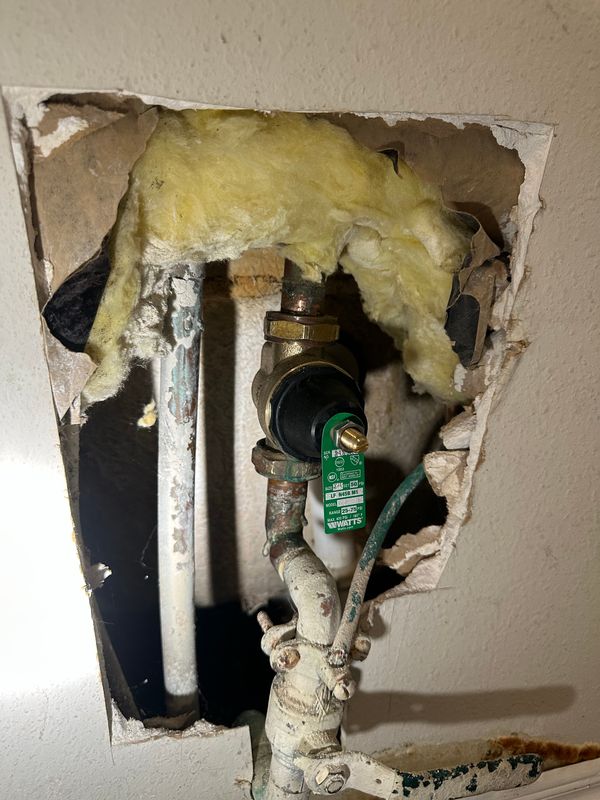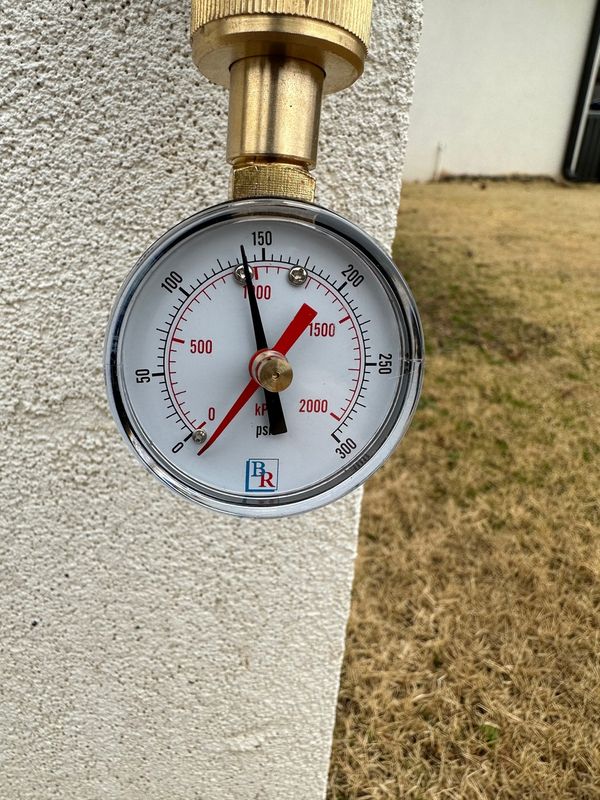If you're dealing with high water pressure in your home, you might be facing hidden dangers that could cost you thousands in repairs. While strong water pressure might seem like a good thing, more power in the shower, faster fill times for sinks and tubs, uncontrolled pressure can wreak havoc on your plumbing system.
That’s where a Pressure Reducing Valve (PRV) comes in.
Whether you’re a homeowner asking, “Do I need a pressure reducing valve?” or simply trying to understand “What does a pressure reducing valve do?”, this post will walk you through the essentials. As professional plumbers in Tulsa, we at Spot On Plumbing want to help you protect your home and your wallet by understanding the role a PRV can play in your plumbing system.



